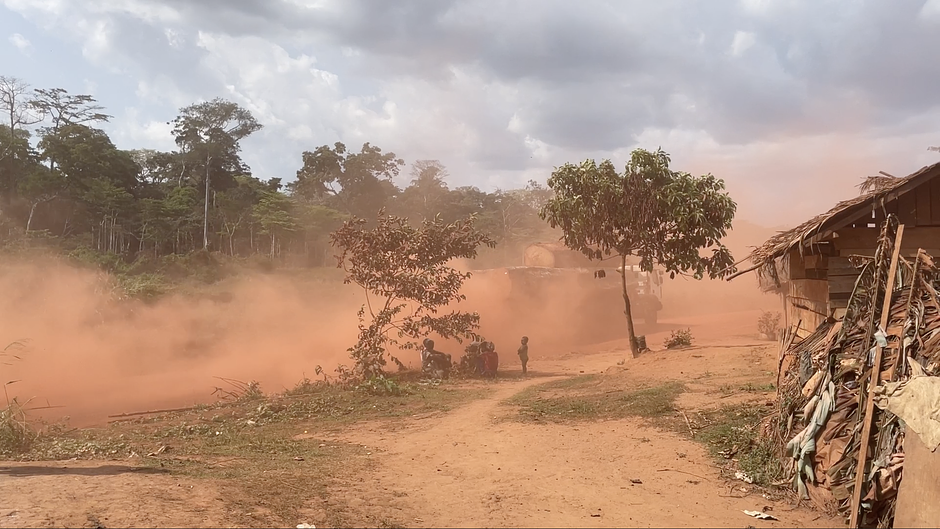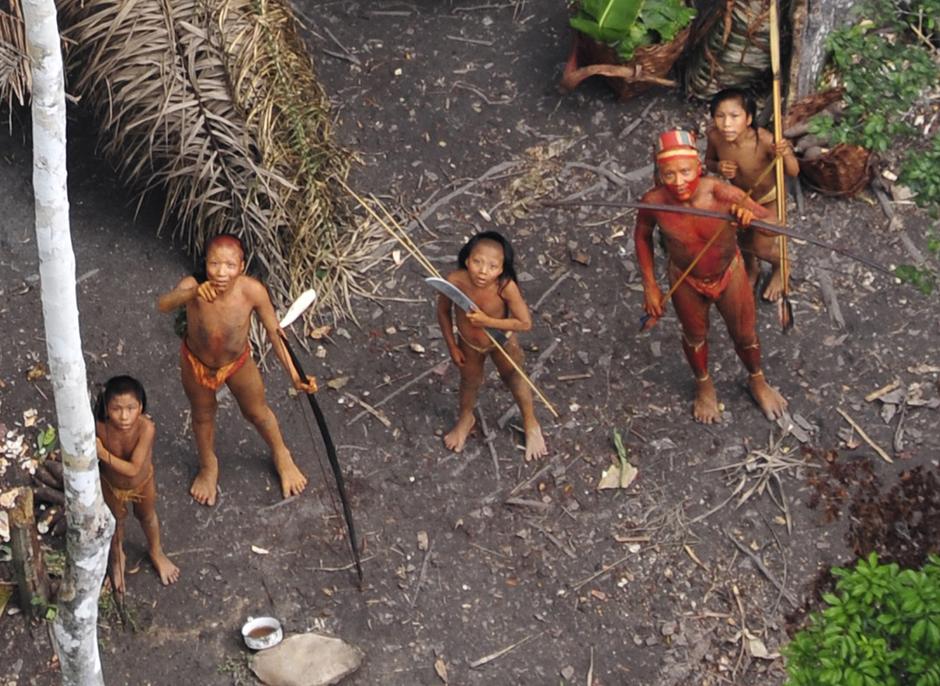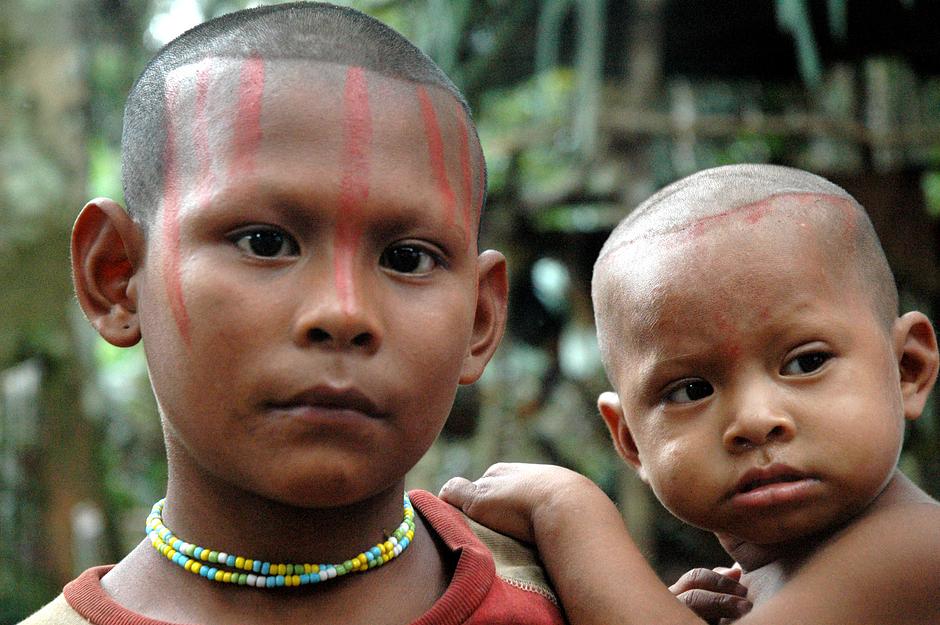10 Indigenous inventions that will change how you see the world
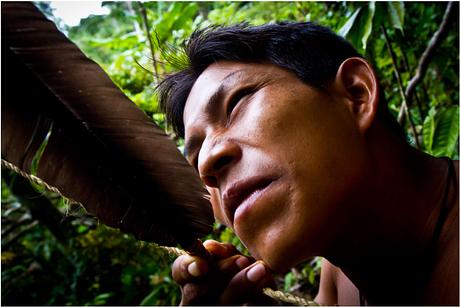
We are Survival International, the global movement for tribal peoples.
 A Matsés man takes aim with his bow and arrow. Many Matsés prefer the silent weapon for hunting as shot guns can scare the game away.
A Matsés man takes aim with his bow and arrow. Many Matsés prefer the silent weapon for hunting as shot guns can scare the game away.
Tribal peoples have developed unique expertise and specialized technologies to live sustainably in some of the most challenging environments on the planet. Here are 10 amazing innovations:
- There is evidence that the Dani people of West Papua developed agriculture at least 9,000 years ago, far in advance of Europe. People in Great Britain only began farming just over 6,000 years ago.
- The Shipibo people of the Peruvian Amazon make intricate geometric art that can be read as music. The people can “hear” the song by looking at the patterns, like sheet music. The patterns represent chants and songs associated with Ayahuasca healing ceremonies.
- Many tribes around the world use clever chemistry to fish sustainably, like the Penan people of Sarawak. They use toxins from plants to stun fish, which then float to the surface. People can take only what they need and allow the smaller fish to recover and swim away so fish stocks aren’t depleted.
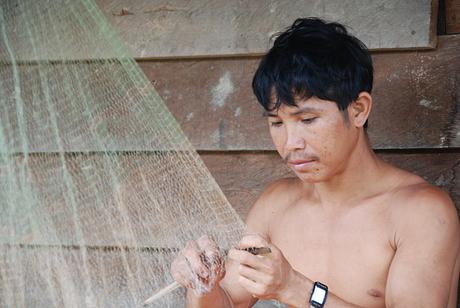 Penan man from Ba Pakan fixing his fishing net. The Penan’s rivers are being polluted by the logging and plantation industries, killing fish and preventing some communities from accessing safe drinking water.
Penan man from Ba Pakan fixing his fishing net. The Penan’s rivers are being polluted by the logging and plantation industries, killing fish and preventing some communities from accessing safe drinking water. - Special honeycomb is used to make casts for broken limbs by the Chenchu people of south-east India. They say they never collect honey during the rains, because the bees will find it difficult to set up a new home while the rocks are slippery.
- Men from some tribes in West Papua have traditionally drunk a tea made from a plant called Gendarussa as a form of contraception. Scientists are investigating whether the plant could provide the basis for a contraceptive pill for men.
Tribal societies are extraordinarily diverse and there’s a lot to learn from them.
They suffer racism, land theft, and genocidal violence just because they live differently.
Join us now to help prevent genocide, end logging and mining on tribal lands, and stop government violence and oppression. - The Himba tribe of Namibia and Angola live in areas where water is scarce. The women cover themselves with otjize paste, a mixture of fat and ochre, cleansing to the skin and hair without water. Otjize also protects against the sun and mosquito bites, but Himba women say they just wear it to look good.
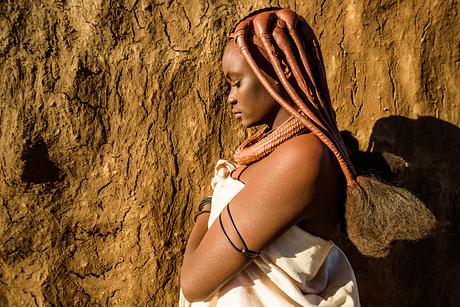 Himba woman, Namibia.
Himba woman, Namibia. - Many tribes use naturally-occurring psychoactive substances to sharpen their abilities, both mentally and physically. Matsés men and women often use frog poison before hunting trips to produce a feeling of clarity, vision and strength that can last for several days.
- Colombia’s most recently contacted tribe, the Nukak, traditionally used piranha teeth to cut their hair. The tribe were uncontacted until 1988, when they turned up unexpectedly in a newly-established town inside the Nukak’s territory.
 A Nukak man who has been forced out of the jungle after his territory was taken over by armed groups. Guaviare province, Colombia.
A Nukak man who has been forced out of the jungle after his territory was taken over by armed groups. Guaviare province, Colombia. - Malaria is one of the world’s most deadly diseases. Quinine, made from the bark of Cinchona trees, has been vital in the fight against it and was first used medicinally by Indigenous peoples like the Quechua of Peru, Bolivia and Ecuador as a muscle relaxant.
- South American Indigenous peoples knew how to use latex long before Christopher Columbus arrived in the ‘New World’ in 1492. They waterproofed their coats with latex and reportedly developed the rubber syringe. Rubber items have been found among the excavations of the Mayan City of Chichén Itza.
More than one hundred and fifty million men, women and children in over sixty countries live in tribal societies. They’re mostly self-sufficient and depend on their land for their health and wellbeing.
We work in partnership with tribes to amplify their voices on the global stage and change the world in their favor. Join us now: For tribes, for nature, for all humanity

